
Aerovironment (AV) announced today expanding its loitering weapon family, as it introduced the Switchblade 600 – the largest weapon in the family announced to date. The new weapon employs the tube-launched, collapsible wing, electric propulsion architecture as Switchblade 300, and its Blackwing variant.
With longer range, extended mission endurance, and multi-purpose warhead Switchblade 600 expand the warfighter’s capability engaging larger, hardened targets at greater distances. According to AeroVironment, the Switchblade 600 has been funded in part by an unnamed customer that expressed interest in the system for several years. The program began in 2014 and achieved the first flight within a year. Completing development, it entered flight testing in 2019 and is currently in low-rate production for yet unnamed DOD customers. The system is intended to achieve initial operational capability (IOC) early in 2021.
At that time the new system is scheduled to perform flight demonstrations for the US Marine Corps, as part of the down-select of a single vendor for the Organic Precision Fires – Mounted (OPF-M) loitering weapon system destined to equip the corps’ Light Armored Reconnaissance (LAR) battalions. The corps eyes OPF-M as a weapon or system of systems comprised of reconnaissance, battle management, communications, and loitering weapons that enable precision fire effects ranging far beyond today’s LAR weapon systems, reaching as far as 100 km.
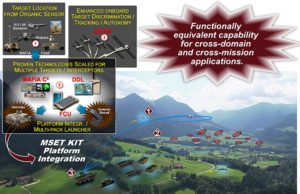
The US Army also seeks loitering weapons capabilities beyond the current LMAMS, Single Multi-mission Attack Missile (SMAM) is a 35km range precision loitering munition. For SMAM the Army eyes a loitering weapon effective at ranges beyond 35 km. The weapon would be a man-portable, tube-launched weapon weighing 50-70 pounds (22-32 kg), controlled from a tablet relaying the drone’s video feed and switch between flight modes – transit, loiter, and attack.
“Since pioneering the loitering missile category with Switchblade 300 more than 10 years ago, AeroVironment has worked with multiple new customers to develop scalable variants that could address new mission requirements,” said Wahid Nawabi, AeroVironment president and chief executive officer. “Now that Switchblade 300 has been adopted by the U.S. Army for its LMAMS program, our customers are eager to deploy Switchblade 600 because it can address larger, hardened targets in a more precise, rapid and cost-effective manner than legacy missile systems. We anticipate continued expansion of our family of loitering missile systems to help our customers proceed with certainty across a broader set of missions.”
Subscribe to access the 1485 word full version of this story
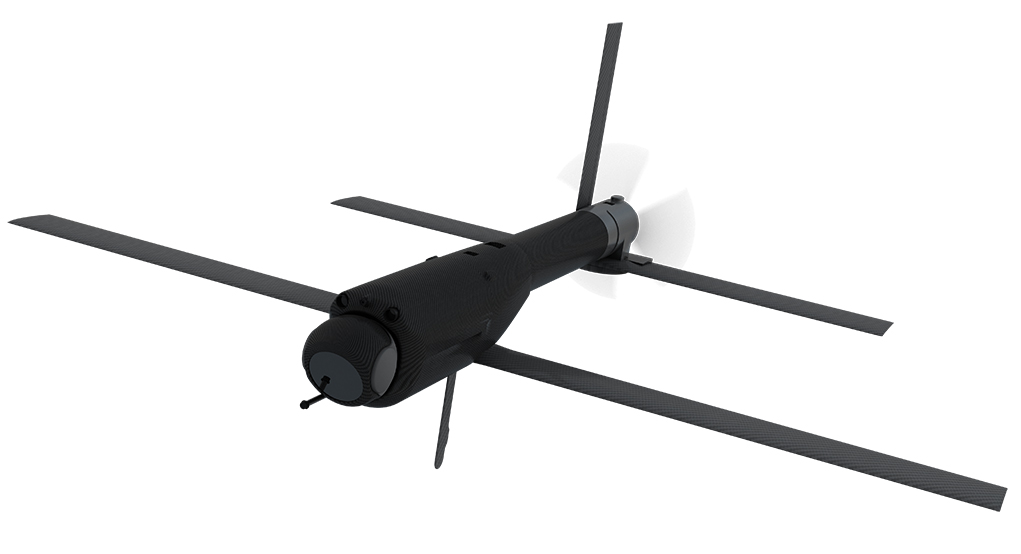
Switchblade 600 is a man-portable, rapidly deployable, extended-range precision strike loitering missile for non-line-of-sight hardened targets. Combining reconnaissance and target acquisition capabilities in a compact, simple to use weapon system, loitering weapons such as the Switchblade 600 deliver an unprecedented combination of precision, control, and effects on the target, addressing missions previously performed with ‘fire and forget’ legacy missile systems. According to Nawabi, these legacy weapons represent more than $1 billion in U.S. Department of Defense procurement appropriations in the fiscal year 2020 that could be disrupted by the new loitering weapon. “The result of our continued innovation at the intersection of robotics, sensors, software analytics and connectivity, Switchblade 600 offers next-generation capabilities to our customers for operations against any adversary, in any threat environment,” Nawabi said.
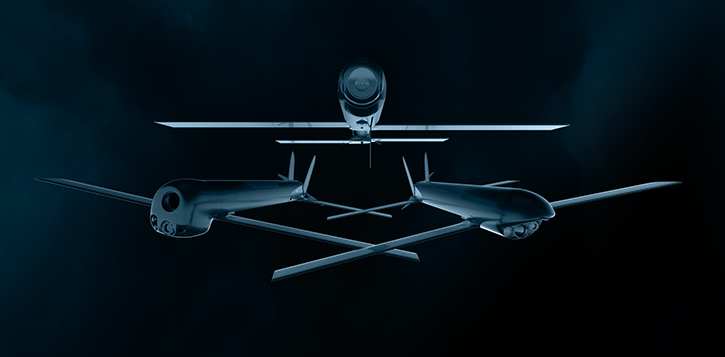
The U.S. Army already has a program of record for the Lethal Miniature Aerial Missile System (LMAMS). In April 2020 the Army awarded AeroVironment a $76 million contract for the first year procurement of Switchblade 300 systems and program support. It is the largest order for loitering munitions the Pentagon has issued to date. The order fulfilled a
Joint Urgent Operational Need Statement from the United States Army Tactical Aviation and Ground Munitions (TAGM) project office. Deliveries began last month and could be followed and with two additional one-year options that are currently unfunded. These options could extend the period of performance through April 2023 on a sole-source basis. With the two options, the total cost of the program could reach $146 million.
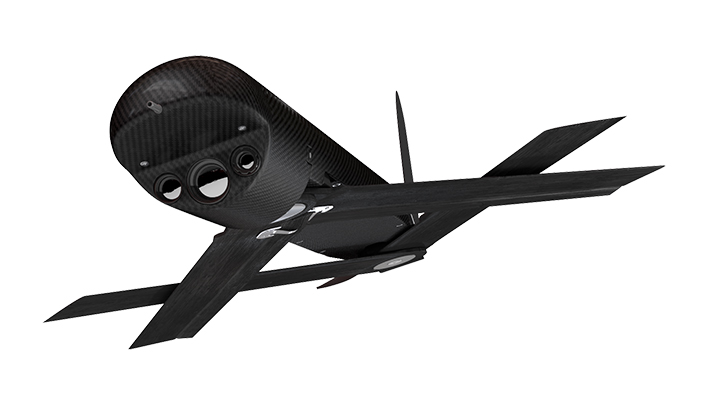
In parallel to the Army and Special Operations Command, the US Navy has deployed an unarmed reconnaissance variant of the Switchblade known as ‘Blackwing’. Although the drone has a modular payload that can accommodate a small warhead, this payload is used to store more energy onboard. Blackwing also operates a digital datalink and tactical data relay enabling the mini-drone to establish or join an existing interoperable, encrypted, wideband network, linking surface and underwater platforms, including underwater unmanned systems (UUV) operating in its vicinity. This tube-launched mini drone is can be launched from submerged submarines or from multipack launchers on board surface vessels or offshore platforms.
Switchblade 300 is a back-packable, rapidly deployable, precision strike loitering missile for beyond-line-of-sight targets that minimizes collateral damage and can be tube-launched from land, sea, or air platforms. Aerovironment has demonstrated the deployment of two Switchblade 300 systems on AV’s Vaporminiature, unmanned helicopter platform. More carriage and aerial release flight tests will be done in 2021, as part of AV’s cooperation with Kratos Defense Systems.
The two companies are developing and will soon demonstrate the integration of tube-launched UAS and tactical missile systems into long-range, high-speed, and low-cost unmanned systems for their transport and delivery into near-peer denied environments.
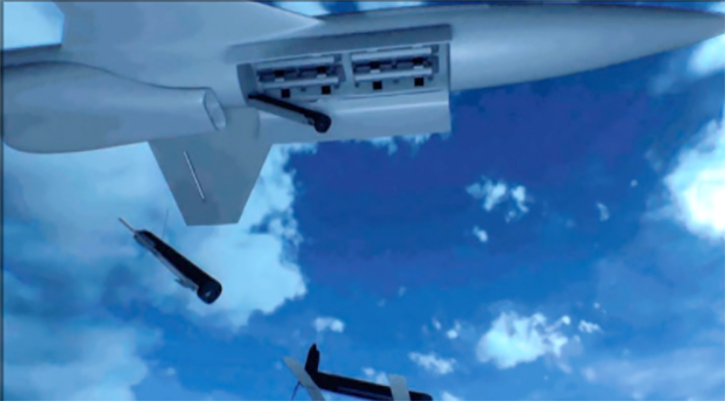
Kratos and AeroVironment’s first collaborative project is designed to demonstrate the ability to launch, communicate with, and control a small, tube-launched loitering aircraft from a larger runway-independent unmanned aircraft. The overall system-of-systems effectiveness will be evaluated for its ability to coordinate the effects of the smaller AeroVironment systems, relay useful information back to the Kratos mothership, and either pass information back to a ground control station or act upon that information to modify mission taskings.
Subscribe to access the full version of this story




















